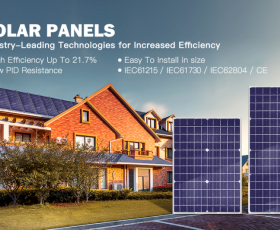The Photovoltaic Effect: How Solar Panels Produce ElectricityThe photovoltaic effect is the process by which solar panels produce electricity from sunlight. This phenomenon occurs when photons (light particles) from the sun strike a semiconductor material within the solar panel, causing the material to release electrons. These free electrons then flow through the material, creating an electric current that can be harnessed for power.

Understanding the Photovoltaic Effect
The photovoltaic effect was first discovered in 1839 by French physicist Edmond Becquerel. He observed that certain materials, when exposed to light, produced a small electric current. This discovery laid the groundwork for the development of solar panels and the generation of solar electricity.The Structure of a Solar Panel
Solar panels are made up of multiple layers of semiconductor materials, such as silicon. These materials have unique properties that allow them to absorb photons from sunlight and release electrons, thus generating an electric current. The top layer of a solar panel is specially treated to create an electric field, which helps to separate the electrons from the material when they are released by the photons.The Generation of Electricity
When sunlight strikes the surface of a solar panel, the photons are absorbed by the semiconductor material. This energy causes the material to release electrons, which then flow through the material and into the electric circuit of the solar panel. The flow of electrons creates a direct current (DC) that can be used to power electrical devices or stored in batteries.

